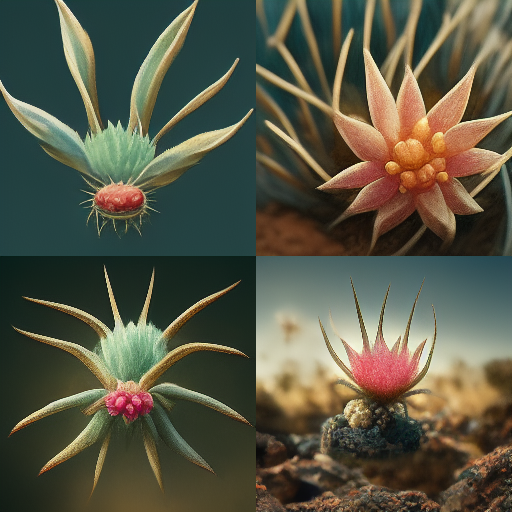Virtual Herbaria questions how we visualize and utilize large data sets, archives, and libraries, which breaks the way people envision and experience the data set.
In today's digital age, we are inundated with copious amounts of online data. Unfortunately, these resources often lack an efficient way of being transformed into a visible representation. Virtual Herbaria offers a novel approach to visualizing and experiencing these vast data sets. Leveraging cutting-edge technologies, such as the internet and smartphones, Virtual Herbaria provides easy access to data. As an architecture Master's student, I aim to revolutionize how we visually interpret data.
The Virtual Herbaria module combines virtual and augmented reality with Unity gaming elements. The module's background is set in the Mojave Desert near Joshua Tree National Park, which is located in the Southern Californian Desert. The Virtual Herbaria project challenges the traditional ways of visualizing and utilizing large data sets, archives, and libraries. In today's world, we have an unprecedented amount of data at our fingertips, and the ability to sort, search, and identify hierarchies within it is crucial.
With the advent of manipulated content, we are questioning the integrity of representation, reality, and artifice. We are also addressing climate change in the Anthropocene era by drawing inspiration from Andrea Wulf's book, "The Invention of Nature: Alexander Von Humboldt's New World," and Heide Hatry's series "Not a Rose." By scrutinizing our preconceived notions of nature and technology, we aim to combat the catastrophic effects of the Crypto-Market on our environment. As an architecture Master's student, I am committed to pushing the boundaries of data visualization and creating a more sustainable future for all.












Working Process
To begin with, our focus lies on studying the Online Herbarium of the Southern Californian Desert, with a specific emphasis on the Mojave Desert near Joshua Tree National Park. The Virtual Herbaria project seeks to bring the California Desert Herbarium archive back to life by transforming it into an immersive experience through spatializing the data. In a world where interactions between users and products are more critical than ever, we aim to provide an engaging and interactive spatial archive using Unity Game Engine.
To achieve this, we delve into the exciting world of augmented reality, virtual reality, and games with Unity. Our process begins by working on concept art using AI text-to-image generators such as MidJourney. We then learned basic surface modeling techniques in Maya and augmented reality workflows with Unity and Photoshop. Finally, we are introduced to first-person interactive game design using virtual reality workflow in Unity.
Our goal is to create an interactive and immersive experience that brings together actual and created content in a seamless manner. By combining advanced technologies with innovative design, we hope to deliver an unparalleled experience that encourages users to explore the California Desert Herbarium archive in a new and exciting way. We believe that the Virtual Herbaria project has the potential to revolutionize how we interact with data sets and archives, providing a platform for visualizing and experiencing information in a more engaging and meaningful way.


